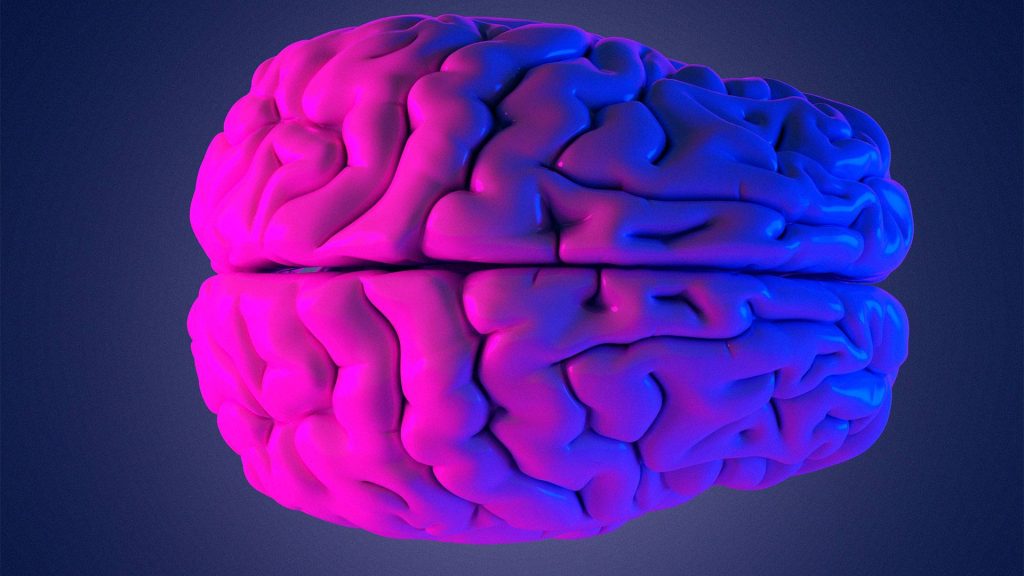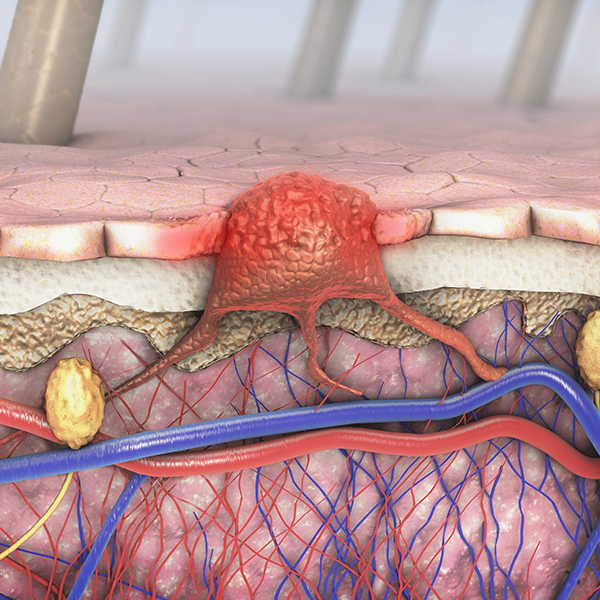-
Researchers identify vascular changes in the brain linked to Alzheimer’s disease

The blood-brain barrier — a network of blood vessels and tissues that nurtures and protects the brain from harmful substances circulating in the blood — is disrupted in Alzheimer's disease. Now, researchers at Mayo Clinic and collaborators have uncovered unique molecular signatures of blood-brain barrier dysfunction that could point to new ways to diagnose and treat the disease. Their findings are published in Nature Communications.
"These signatures have high potential to become novel biomarkers that capture brain changes in Alzheimer's disease," says senior author Nilüfer Ertekin-Taner, M.D., Ph.D., chair of the Department of Neuroscience at Mayo Clinic and leader of the Genetics of Alzheimer's Disease and Endophenotypes Laboratory at Mayo Clinic's campus in Florida.
To conduct the study, the research team analyzed human brain tissue from the Mayo Clinic Brain Bank, as well as published datasets and brain tissue samples from collaborating institutions. The study cohort included brain tissue samples from 12 patients with Alzheimer's disease and 12 healthy patients with no confirmed Alzheimer's disease. All participants had donated their tissue for science. Using these and external datasets, the team analyzed thousands of cells in more than six brain regions, making this one of the most rigorous studies of the blood-brain barrier in Alzheimer's disease to date, according to the researchers.
They focused on brain vascular cells, which make up a small portion of cell types in the brain, to examine molecular changes associated with Alzheimer's disease. In particular, they looked at two cell types that play an important role in maintaining the blood-brain barrier: pericytes, the gatekeepers of the brain that maintain the integrity of blood vessels, and their support cells known as astrocytes, to determine if and how they interact.
They found Alzheimer's disease patients' samples exhibited altered communication between these cells, mediated by a pair of molecules known as VEGFA, which stimulates the growth of blood vessels, and SMAD3, which plays a key role in cellular responses to the external environment. Using cellular and zebrafish models, the researchers validated their finding that increased levels of VEGFA lead to lower levels of SMAD3 in the brain.

The team used stem cells from blood and skin samples of the Alzheimer's disease patient donors and those in the control group. They treated the cells with VEGFA to see how it affected SMAD3 levels and overall vascular health. The VEGFA treatment caused a decline in SMAD3 levels in brain pericytes, indicating interaction between these molecules.
Donors with higher blood SMAD3 levels had less vascular damage and better Alzheimer's disease-related outcomes, according to the researchers. The team says more research is needed to determine how SMAD3 levels in the brain impact SMAD3 levels in blood.
"Our study systematically combines model systems with valuable human brain and blood data, an approach that could be used as a roadmap in future studies to prioritize molecular targets for new therapies," says Ozkan Is, Ph.D., a co-first author of the study along with Xue Wang, Ph.D.
Researchers plan to further study the SMAD3 molecule and its vascular and neurodegenerative outcomes for Alzheimer's disease and also search for other molecules with potential involvement in maintaining the blood-brain barrier.
"This useful and productive work helps us better understand the specific mechanisms that play a role in the blood-brain barrier breakdown and other possible vascular changes in people with Alzheimer’s," says Heather M. Snyder, Ph.D., Alzheimer's Association vice president of medical and scientific relations. "Understanding the biology that influences and impacts disease progression is essential to uncovering new avenues for novel therapies and tools to detect the earliest stages of the disease."
This research is part of a federal grant supporting projects that identify targets for Alzheimer's disease treatment. The study was supported in part by the National Institutes of Health, National Institute on Aging, the Alzheimer's Association Zenith Fellows Award and Mayo Clinic Center for Regenerative Biotherapeutics. For a full list of authors, funding and disclosures, see the paper.







